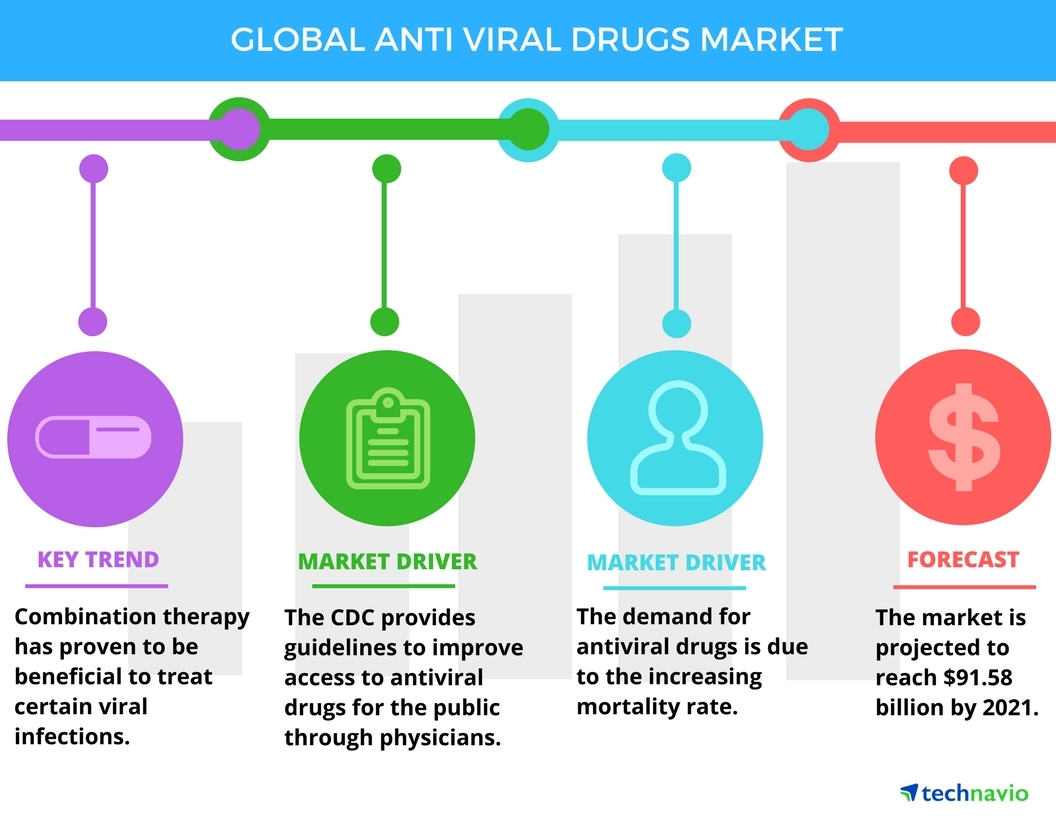Little Known Facts About Rapid generation of multivirus-specific T lymphocytes for the.

Bacterial and viral infections have numerous things in typical. Both types of infections are brought on by microbes-- germs and infections, respectively-- and spread by things such as:Coughing and sneezing. Contact with infected individuals, especially through kissing and sex. Contact with infected surfaces, food, and water. Contact with contaminated animals, consisting of family pets, livestock, and pests such as fleas and ticks.

Persistent infections, which can last for weeks, months, or a life time. Hidden infections, which might not trigger symptoms at first however can reactivate over a period of months and years. Most importantly, bacterial and viral infections, can trigger moderate, moderate, and extreme diseases. Throughout history, millions of individuals have passed away of diseases such as bubonic afflict or the Black Death, which is triggered by Yersinia pestis germs, and smallpox, which is triggered by the variola virus.
Getting My T-cell therapy for viral infections - American Society of To Work
Bacterial and viral infections can trigger similar signs such as coughing and sneezing, fever, inflammation, vomiting, diarrhea, fatigue, and cramping-- all of which are methods the immune system tries to rid the body of contagious organisms. However bacterial and viral infections are dissimilar in lots of other crucial aspects, the majority of them due to the organisms' structural distinctions and the method they respond to medications.

Bacteria are relatively intricate, single-celled creatures, numerous with a stiff wall, and a thin, rubbery membrane surrounding the fluid inside the cell. They can replicate by themselves. Fossilized will pneumonia cure itself show that germs have existed for about 3. 5 billion years, and germs can survive in various environments, including extreme heat and cold, radioactive waste, and the body.
Some Of Viral infections treatment - 4U Pharma
Fewer than 1% of bacteria cause illness in individuals. Viruses are tinier: the biggest of them are smaller sized than the smallest bacteria. All they have is a protein coat and a core of genetic product, either RNA or DNA. Unlike bacteria, infections can't survive without a host. They can just replicate by connecting themselves to cells.
